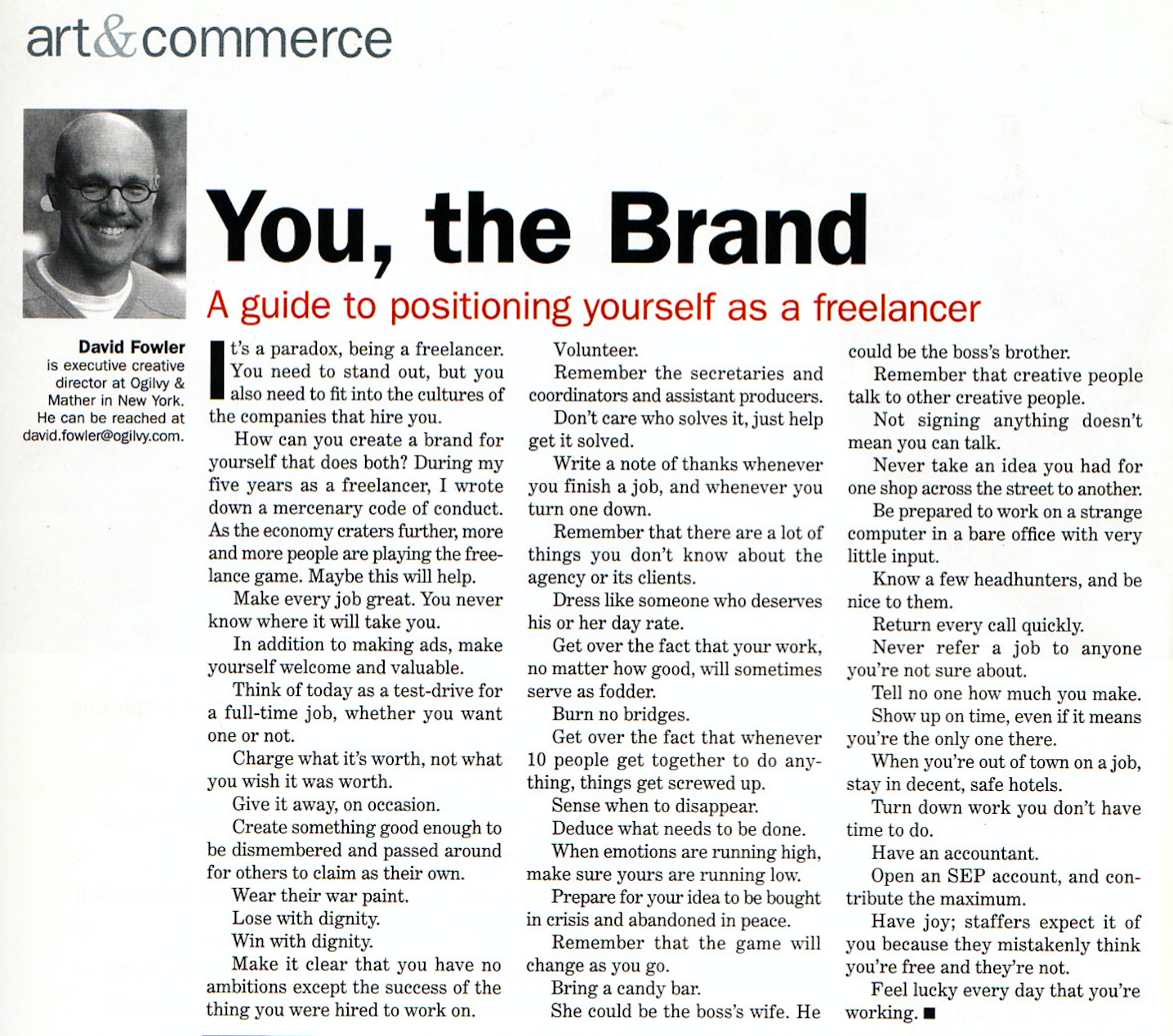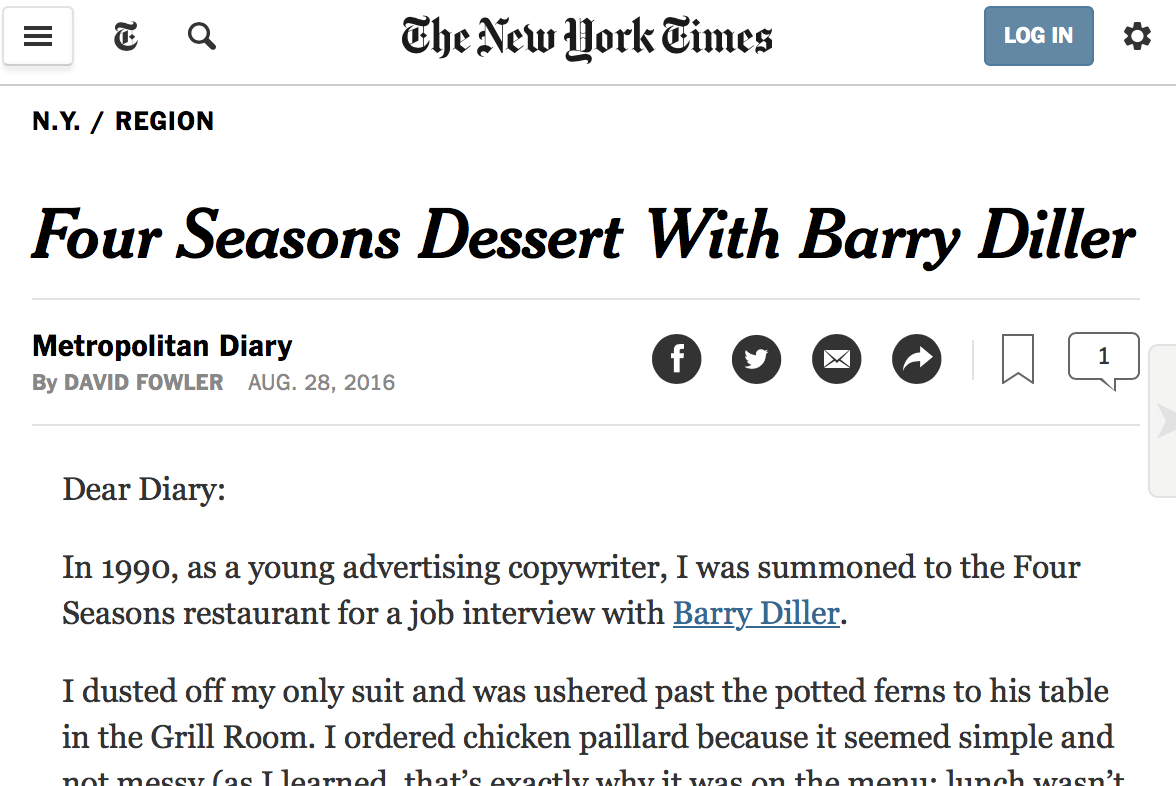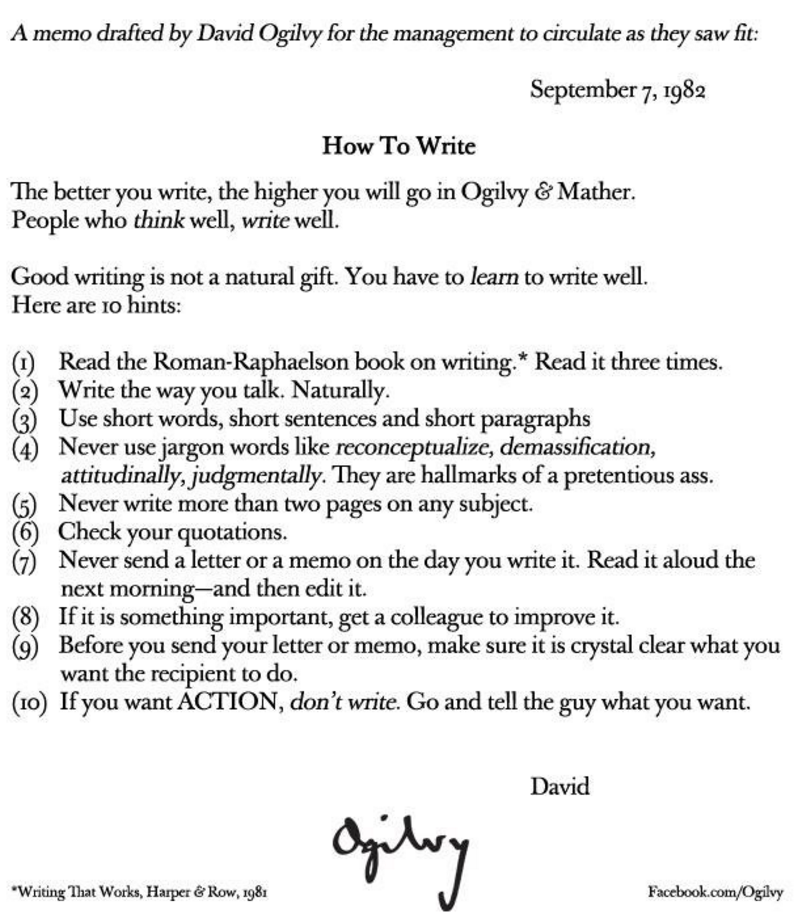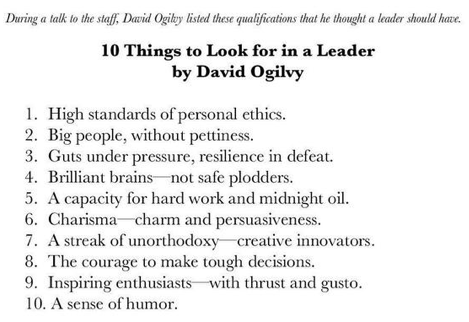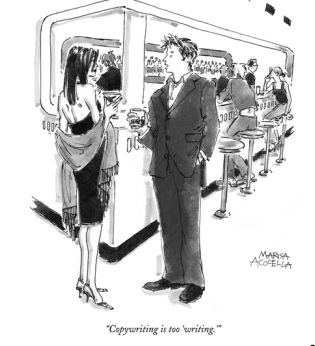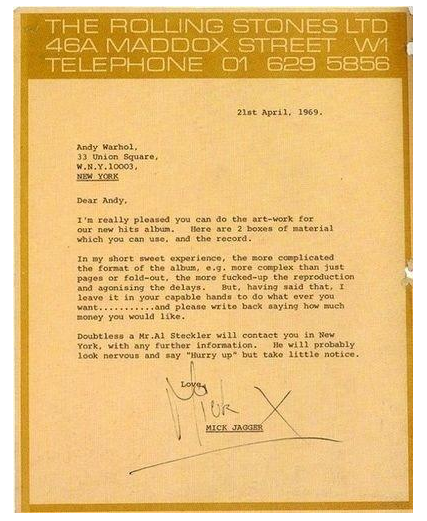Every Monday (or Tuesday), first thing, insist that everyone get around the table. You’d be amazed at how many creative groups stumble along without this meeting. This one meeting will replace five others, and eliminate dozens of emails from people trying to sort things out.
This meeting is the one place where you can learn what level of hell things are really sitting on, and have a chance to ask for help or beg forgiveness. It’s also a positive ritual, and a symbol of leadership.
Do this meeting at the same time, every week, without fail. No matter what. Do this meeting.
